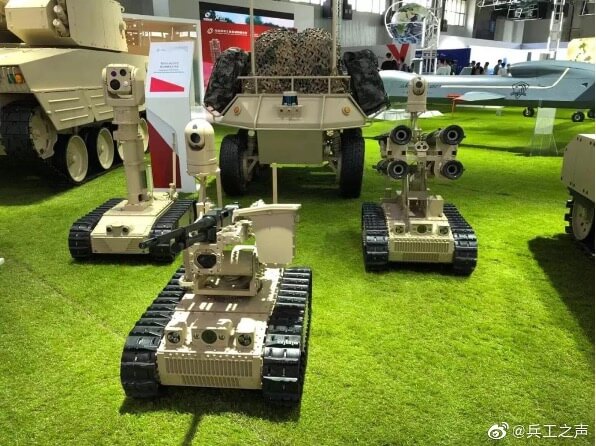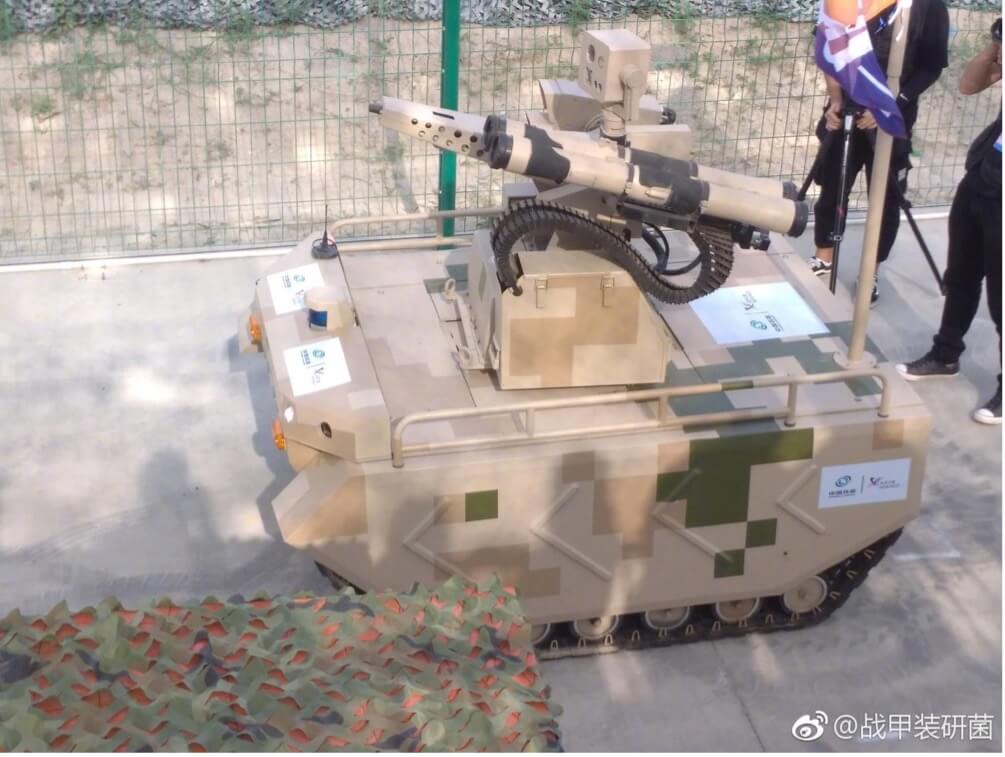In 2015, China updated the concept of “military-civil fusion” to national strategy. Over the past five years, the United States national security apparatus has been trying to catch up to the implications of this elevation. But the scope of Beijing’s tack – and the strategic implications of military-civil fusion’s success – are such that both the offensive and defensive tools that the United States brings to technology competition with China need to be re-oriented.
First, what is military-civil fusion?
Military-civil fusion is a national-level Chinese strategy, but it is more than a rhetorical vision for technology development and fielding. It is also manifest in a corresponding institutional apparatus, designed to fuse military and civilian actors, resources, and positioning to fuel China’s comprehensive national power. The term “military-civil fusion” emerged in the late 1990s under Hu Jintao, then-vice chairman of the CCP’s Central Military Commission. Even at that point, it was by no means a new concept: Hu’s formulation simply updated legacy CCP theory dating back to Mao Zedong and the founding of the People’s Republic of China, then labeled “military-civil combination” (军民结合). At the end of 2007, the 17th Chinese People’s Congress formally called for developing a strategy of “military-civil fusion with Chinese characteristics” in order to “adapt to the technological revolution and military change with Chinese characteristics.” In 2015, current CCP General Secretary Xi Jinping elevated military-civil fusion to national-level strategy.
What does that mean for a world shaped by chip wars and economic statecraft?
On the defensive side of the ledger, it means that US-led efforts to control critical technology and to restrict foreign investments carrying national security risk need to be updated for the scope of China’s strategic positioning and intent. Military-civil fusion means that a division of civilian and national security may be irrelevant when dealing with China. The scope of geopolitical competition bleeds into commercial technology development and fielding.
Take, for example, the ostensibly commercial technology of LiDAR. LiDAR’s most salient use cases relate to monitoring civilian facilities and propelling autonomous vehicles that could be commercialized in fleets of so-called robotaxies. Hardly the stuff of World War III, one might think.
But it doesn’t take too much skimming of PRC military demonstrations and exercises to see that LiDAR units are commonly incorporated into unmanned ground vehicles as well as more complex autonomy regimes designed for military use. The 2022 Zhuhai Airshow, for example, featured multiple halls of exhibition space exhibiting “unmanned platform electric-drive vehicles” developed for military use with LiDAR. Selected images below convey additional PRC unmanned military platforms sporting LiDAR.
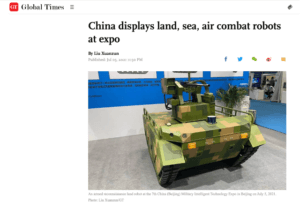

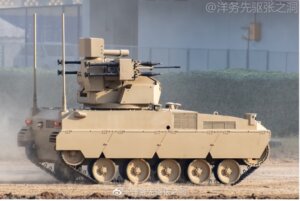
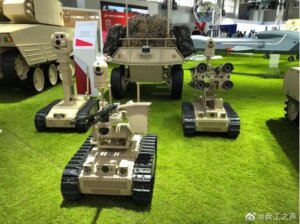
Beijing’s military-civil fusion strategy does not just mean that commercial technologies support military ends. It also means that commercial technologies and positioning support military and strategic effects. The strategy of military-civil fusion suggests that PRC LiDAR in autonomous vehicles and infrastructures internationally could be used to collect and shape sensitive data, as well as to develop supply chain leverage that might be used to coerce.
China’s LiDAR research advances have begun to receive attention, and stir up concern, internationally. But Western analysts are still in the early stages of appreciating how technology like LiDAR fits into Beijing’s science and technology ambitions and the military-civil fusion strategy propelling People’s Liberation Army (PLA) modernization. The volume and variety of apparent military applications of LiDAR suggests that China may well have concepts of operations and use cases for LiDAR that could generate surprise on the battlefield.
That competitive reality underscores the need to address LiDAR – and dual use-relevant technologies like it — in American efforts to counter military-civil fusion. That means incorporating LiDAR into the definition of critical technologies that are reviewed in defensive economic statecraft (e.g., export controls, foreign investment reviews) and nascent efforts like those intended to assess and protect against the security risks of “connected vehicles.” It also means assessing the importance of LiDAR and related autonomy technology stack components in investments that the US national security enterprise and innovation base deploy in the years ahead.
China’s research and development ecosystem, corporate champions, and military appear to be working in lockstep to not only dominate this commercial technology realm, but also to guarantee its military utility for the PLA. Actually competing will require a similar degree of coordination to activate market and innovation forces – the same forces that led to the initial emergence of technologies like LiDAR – to be positioned to win in the marketplace and on the battlefield.

